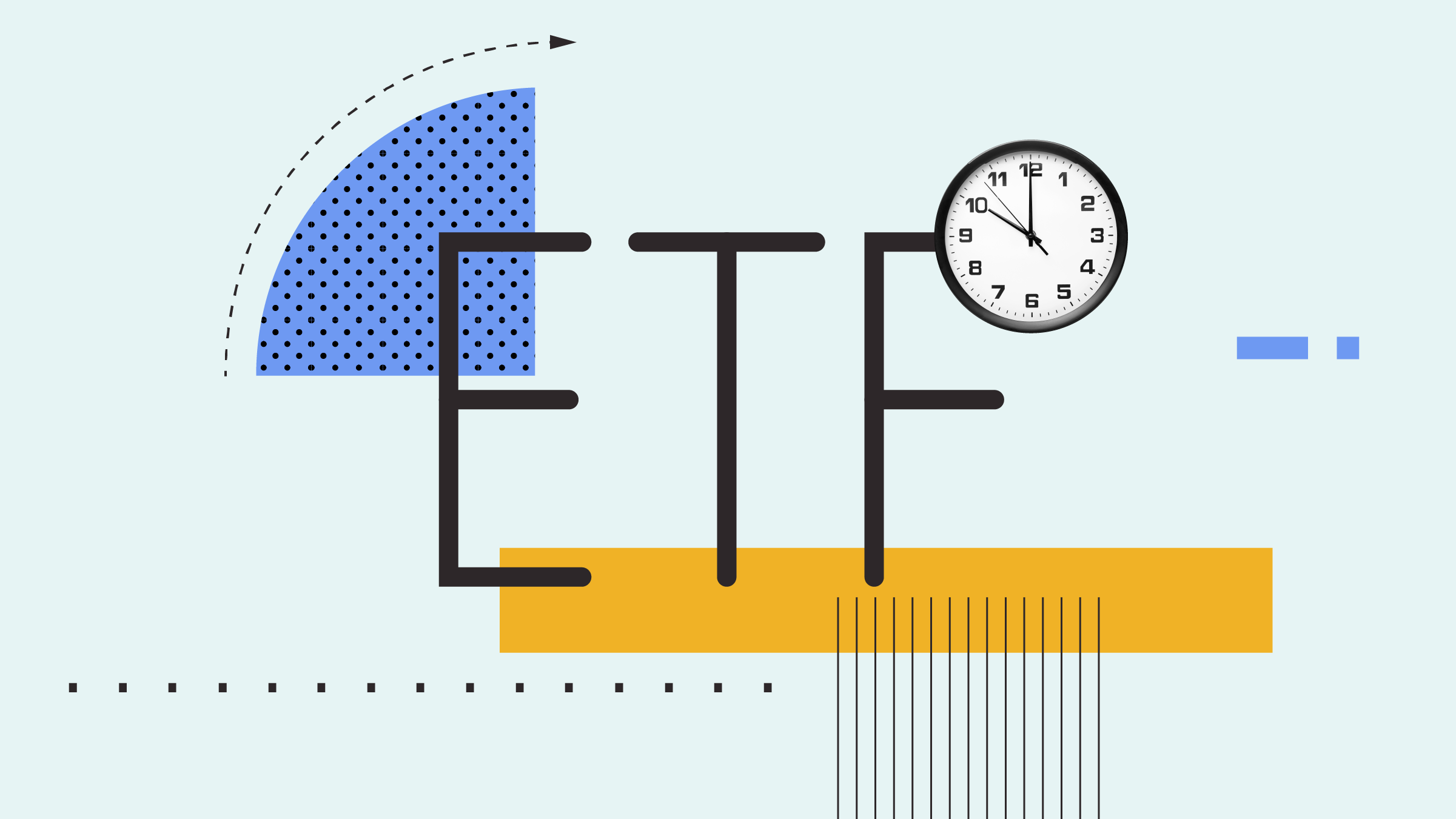Asia
Asia-Pacific markets continued their modest recovery this week, helped by small gains in US markets on Thursday. There was plenty to occupy and unsettle global investors this week, not least imminent trade tariffs, but news of a possible rapprochement between the United States and North Korea helped confidence levels.
Given that the prospect of a war in the Korean peninsula rattled markets last year, it’s logical that a potential diplomatic breakthrough has given some encouragement to the region’s bulls – especially given the bruising start to the year.
The Hang Seng was again one of the best performing markets in the region, rising by over 1% to just below 31,000 points. 30,000 points is a key level for the index – it took around 10 years for the index to break through this point, having last been above 30,000 points just before the financial crisis.
The Bank of Japan failed to give yen hawks any hint that it plans to unwind monetary stimulus next year, although Governor Kuroda has already discussed this. The central bank left interest rates and quantitative easing unchanged, and said that the economy will expand moderately. A softening in the yen against the dollar helped Japanese equities make some small gains on the day.
Chinese inflation was higher than expected in February, rising 2.9%, nearly double the previous month’s level – and above the 2.4% forecast for last month.
Europe
The UK’s FTSE 100 struggled to hold on to early gains, in the absence of strong drivers from domestic stocks’ results. Defensive shares like utilities and pharmaceutical companies were clustered at the top of the leaderboard, while media and banks were near the bottom.
News of a record trade deficit in goods for the UK, as well as poor manufacturing and construction figures, set a downbeat tone at the end of an uneventful week for UK indices. With snow disrupting industry and services in the last few weeks, analysts are expecting a weak reading for Q1 GDP when figures are released at the end of April.
North America
There has been a steady buildup to this month’s non-farm payroll figures all week with a number of similar data points offering conflicting clues: private sector job growth seems to be above forecasts, but weekly jobless claims to March 3 yesterday were higher than expected at 231,000. Either way, analysts are expecting a 5,000 increase in jobs this month, compared with January.
Once again the wage number will be more closely scrutinised than the headline jobs figure, given that last time these triggered fears over inflation, a spike in bond yields and a sharp correction in equity markets.



























